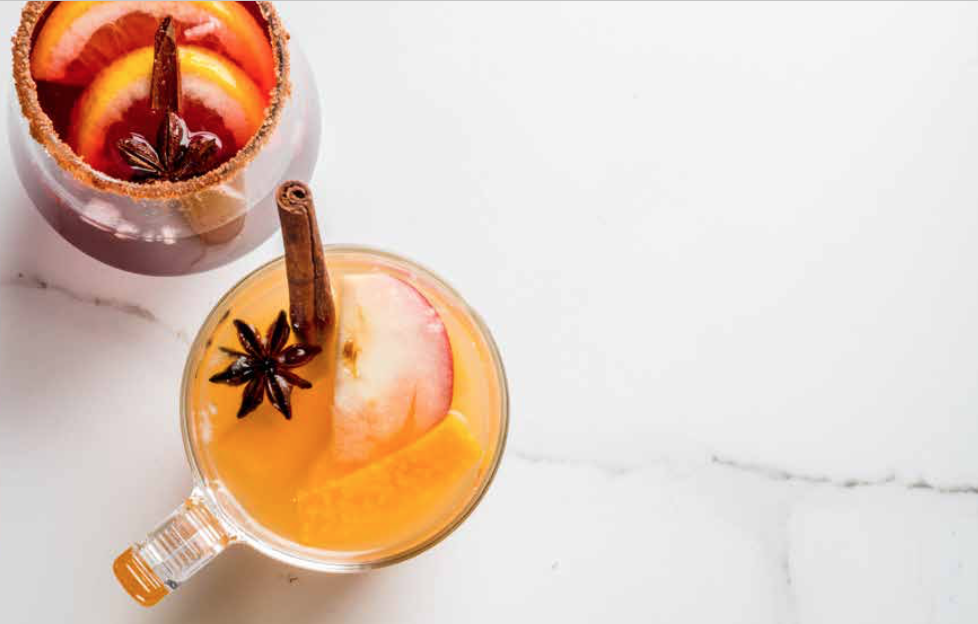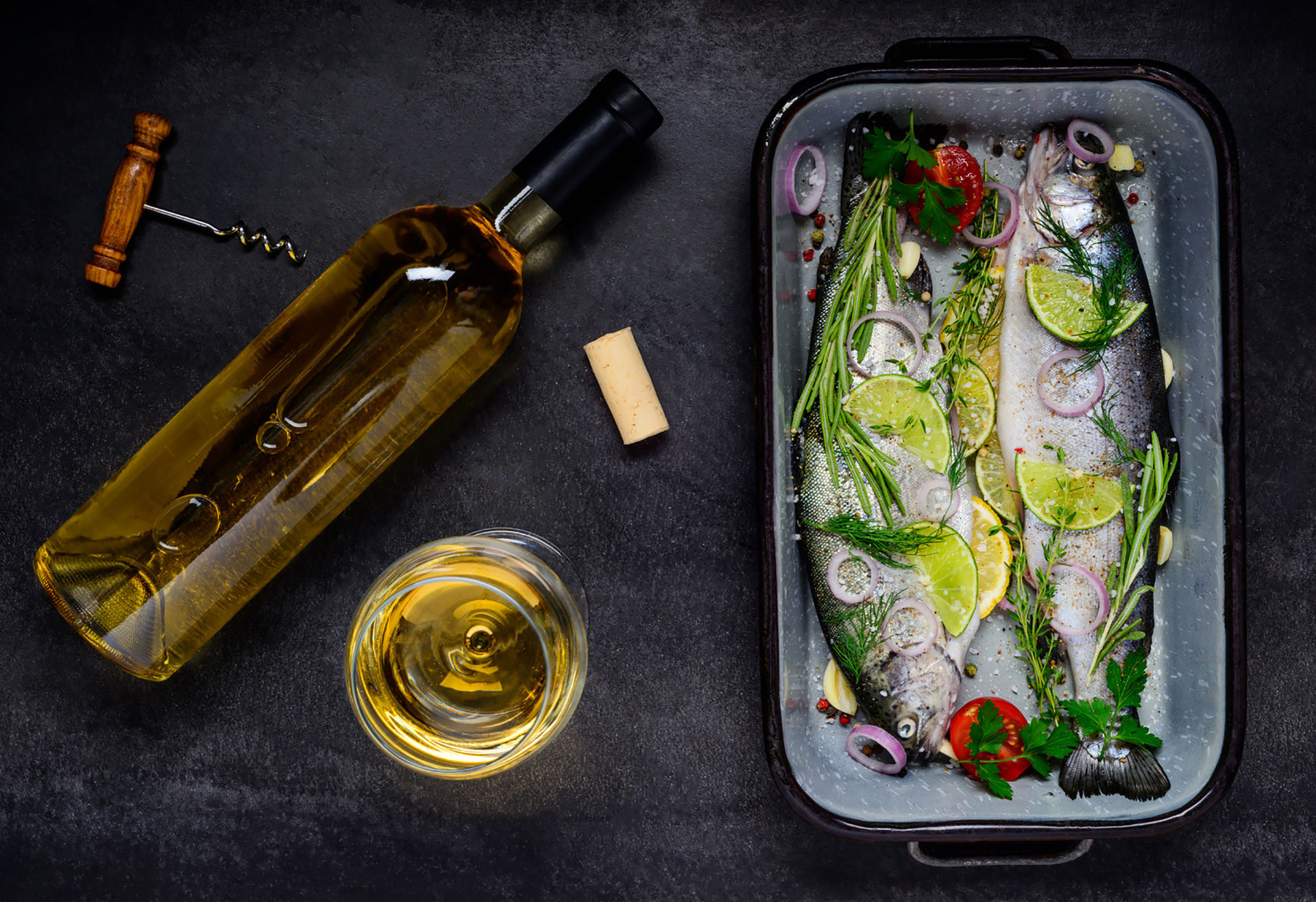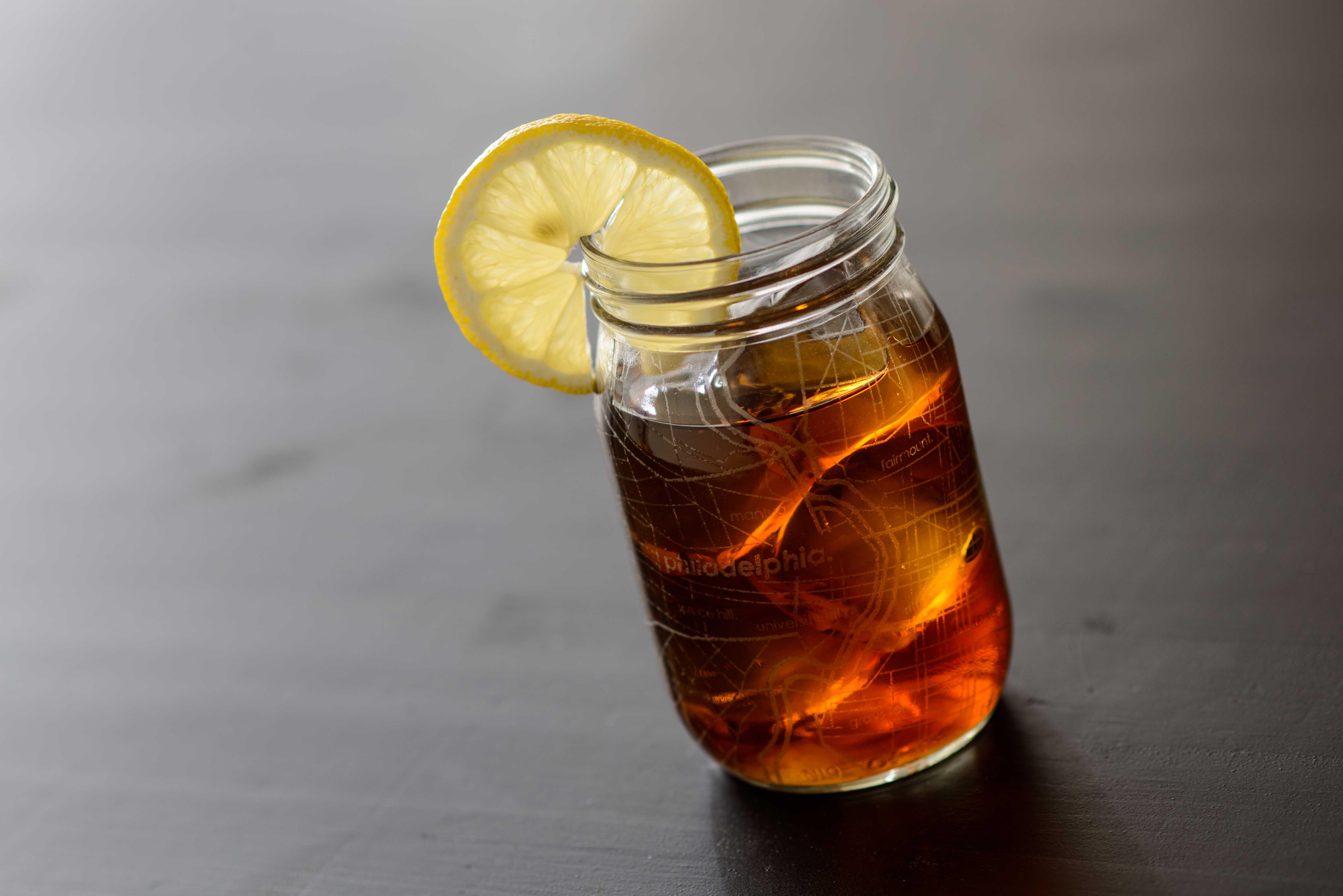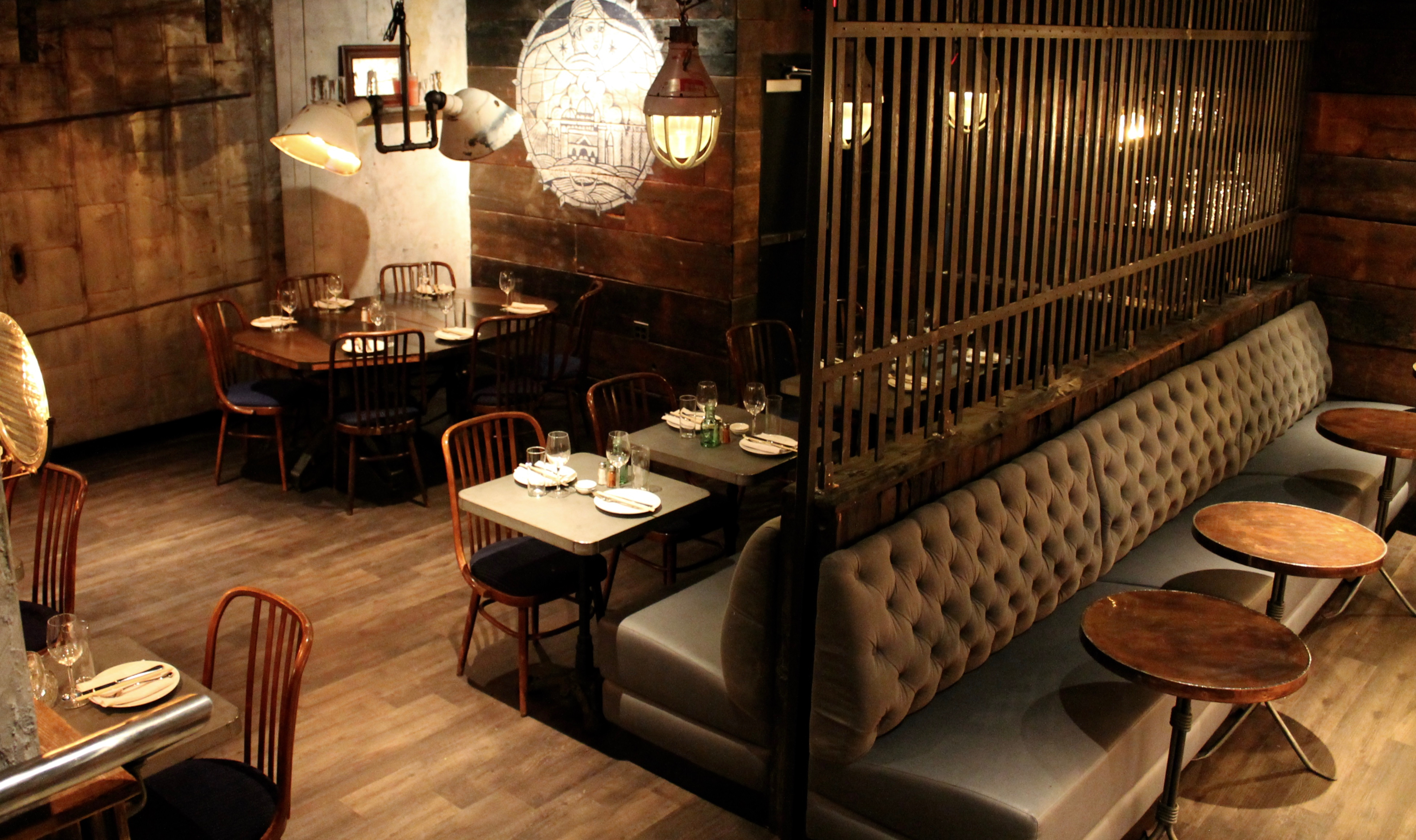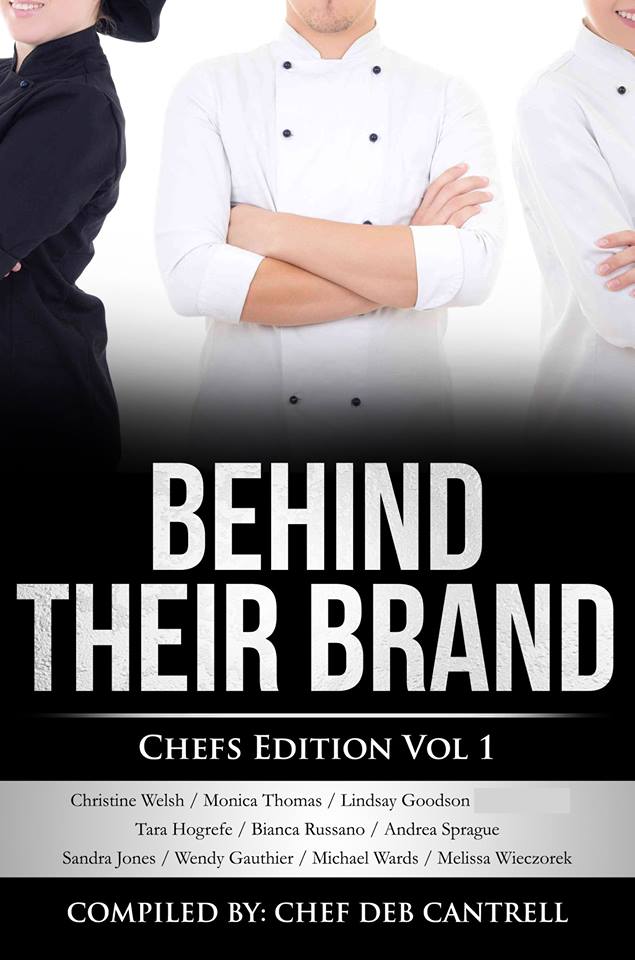
Wyebrook’s Last Days of Anonymity
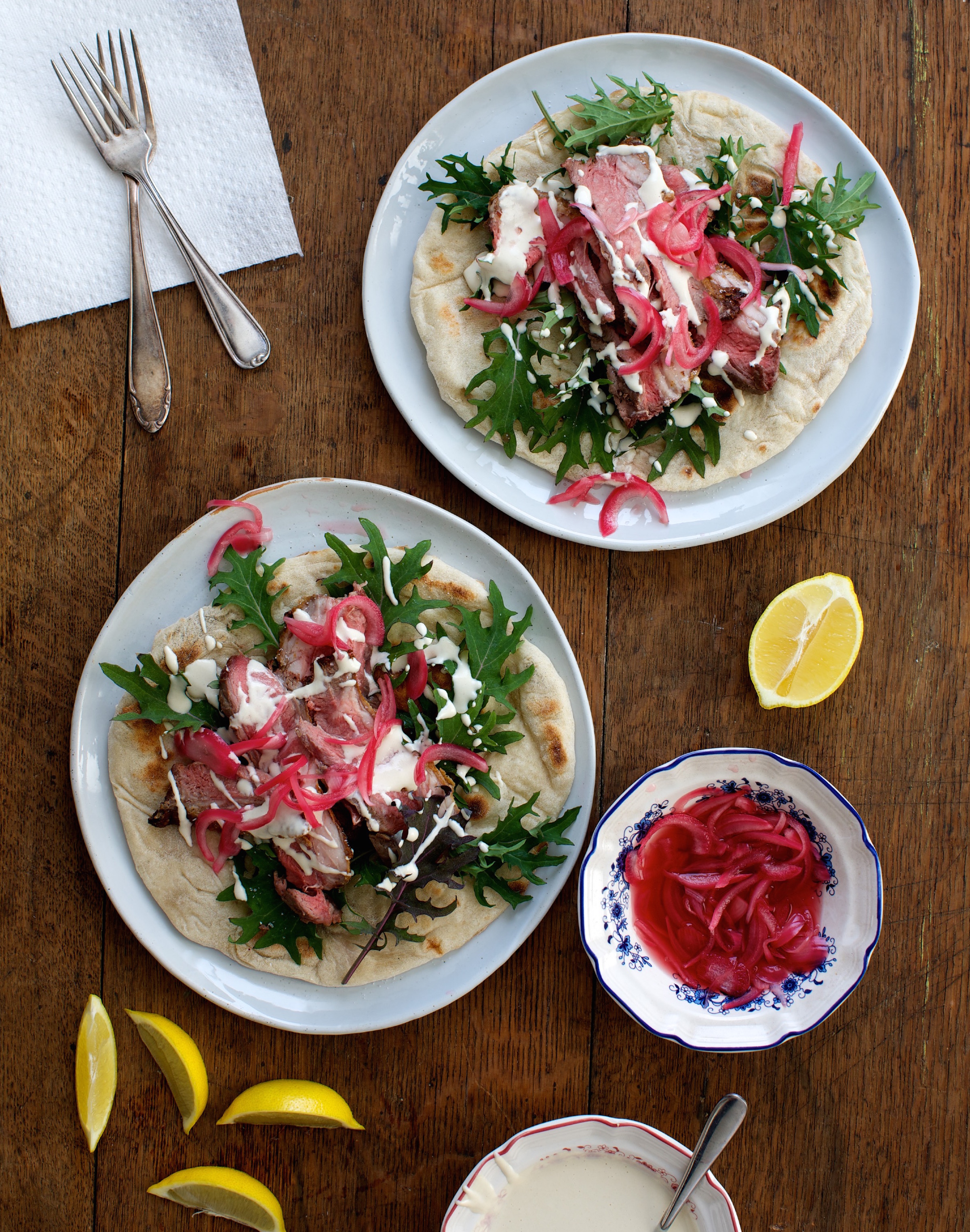
TRAILBLAZER
An insightful cookbook exploring the Chester County farm’s thoughtful ethos (and all its mouthwatering byproducts) drops this month, thrusting it and its photogenic owner into the national eye.
By Scott Edwards

Dean and Emelie Carlson
Dean Carlson had long been drawn to pastures. But when he looked closer, all he saw was a wasteland. As solid of an investment as farmland is—there’s not nearly enough of it to meet demand—the modern concept of farming itself is being undermined a little more every day by its reliance on cheap oil. Carlson saw no way around that. He was a trader, after all, not a farmer.
This was several years ago. Carlson ended up taking a hiatus when the bottom dropped out of the economy in 2009. He spent those months traveling and reading. It was then that he came across The Omnivore’s Dilemma: A Natural History of Four Meals, a book that introduced him—and millions of others, of course—to the idea of sustainable farming. From that point, Michael Pollan has basically been the GPS narrator for Carlson’s life.
 He found a 300-plus-acre tract in northern Chester County that was under foreclosure and imminent threat of development and he dug in. In the six years since, Carlson’s turned Wyebrook Farm, which dates back to the 18th century, into the ideal. Heirloom-bred pigs, cattle, goats, sheep, turkeys and chickens are raised and butchered with a unique mindfulness and served in a fashionable, on-site market and restaurant, the latter headed up by Andrew Wood, the owner/chef of the beloved Center City restaurant Russet.
He found a 300-plus-acre tract in northern Chester County that was under foreclosure and imminent threat of development and he dug in. In the six years since, Carlson’s turned Wyebrook Farm, which dates back to the 18th century, into the ideal. Heirloom-bred pigs, cattle, goats, sheep, turkeys and chickens are raised and butchered with a unique mindfulness and served in a fashionable, on-site market and restaurant, the latter headed up by Andrew Wood, the owner/chef of the beloved Center City restaurant Russet.
This month, Carlson and Wood, along with Ian Knauer, the owner/chef of The Farm Cooking School, in Stockton, New Jersey, are out with Field & Feast—Sublime Food from a Brave New Farm (Burgess Lea Press), a hefty, insightful cookbook that will move Carlson and Wyebrook onto the national stage. The recipes are inspired by, and the advice is derived from, Wyebrook’s ethos and its resources. Central to Carlson’s vision is accessibility and transparency. Short of killing the animal ourselves, the only way we can truly trust the quality of our food, he believes, is by knowing where and who it came from. In that vein, before Carlson’s handsome, Midwestern-friendly mug becomes a staple on our TV screens, consider this your introduction.
Those first months on the farm, when your days were eaten up entirely by clearing the property, what was going through your head?
Carlson [He laughs.] Since it had been in foreclosure, it really had been neglected for a year or two. The first thought was, Where do you start? I bought a few pieces of equipment so that I had some way to lift heavier things. And then it was just start in one spot. When the bank had owned it, they had a farmer that had leased it. He had some cows there, so there was literally two or three feet of manure everywhere. So that was the place that I started.
Knee-deep in manure, you weren’t reconsidering?
No. I mean strangely enough, I didn’t. To my friends and family, they were surprised that I was doing that because it was so different than what I’d done before. But in my mind, it was something that I just felt like I had to do.
How steep is the learning curve? It sounds like this is still a work-in-progress.
It is. I think in terms of the way things could have gone, it’s gone pretty smoothly. There are certainly things, if you knew everything, you’d do differently, but nothing major. After I read Omnivore’s Dilemma, one of the characters in that book is this farmer, Joel Salatin. And he’s written a lot of books himself, so I’ve read a lot of them. And then through his books, learned about other books. So, I had a pretty good idea, theoretically or philosophically, what I wanted to do. Turning that into reality was the learning curve.
What drew you to Andrew Wood?
Before we’d become a full restaurant, we’d done a lot of chef dinners, where I would bring a chef in and we would do sort of a one-off, pop-up-type dinner. And he had done a couple of those, in addition to la tuade, where we would do the killing of the animal and also the dinner. At his restaurant, he basically sourced food that way already. He would buy whole animals. One of the cool things about this place, but also one of the challenges, is that we’re delivering a whole animal or several whole animals to the restaurant every week. A lot of chefs wouldn’t know how to handle that. It’s like, “Here’s what you’ve got to work with. Make a menu around it.” And so I needed to find somebody that not only understood that, or would accept that, but sort of reveled in that.
From the beginning, Wyebrook’s cool factor has been very high—the farmhouse-chic aesthetic, the pop-up dinners with rising, young chefs. Most family-run farms don’t make it into Martha Stewart Living. How much does that aspect factor into your consciousness.
I think the thing that sells it the best is that the food is better. I really tried to always make the focus the food itself. I really wasn’t trying to necessarily make it sexy. But I also—there was some idea of an aesthetic involved, only in the sense that, when people think about a farm, they picture in their mind it looking a certain way. And I know that that’s not really the reality of most farms. And so, in making this place, I knew that in order for it to be successful, it needs to look like that ideal rather than reality. That’s not to say that we don’t really do the things we do. It just needs to look a certain way.
“Sustainable farming,” you write, “sets out to produce food in a way that can be repeated infinitely on a given piece of land.” But is it economically viable? Is Wyebrook?
We’re at the point that we’re starting to make money, and this’ll be our fourth year or fifth year. I always looked at it as something that would become more viable as energy prices rose. When fuel is really cheap, commoditized food looks really cheap, because such a big input is oil. Whereas when oil would go up, the cost of industrial food would go up a lot. But mine wouldn’t go up that much. So I kind of looked at it as this would be the low-cost option. And in the meantime, you just have to take advantage of another positive part: that people are willing to pay more for organic food, willing to pay more for food where they know where it comes from, mostly because it tastes a lot better.
Field & Feast signals to me that you’re out in front of this thing now. You’re confident in what you’re doing and now you’re innovating. Is that an accurate assessment?
Yeah, definitely. I wouldn’t make major changes to what we’re doing. People always ask, “Are you going to continue to grow?” I don’t look at it that way. I don’t want Wyebrook to be bigger. I want it to be better. What we’re going to do in the future is continue to improve on things. An easy example of that is with grass-fed beef. A lot of the grass-fed beef out there is crap. It’s sub-par quality. It’s amazing when the animal is properly finished. Over the last four years, five years, we’ve learned a lot about how to get the animal to that point where the product, steak, is a lot better. And that’s one of the things I’m really encouraged about.
How much of this now is reinventing the wheel, if you will?
It’s hard to know, right? Because I can’t go back a hundred years and know what a steak tasted like then. But I know the way the modern system is doing it is not right. So I know I don’t want to do it that way. We have to figure out ways to make our product as good or better than what the industrial system makes. I read all these books that talked about the right way to do it, and I don’t think that those ways were necessarily the whole answer. We’re constantly still trying to figure out what the answer is and get better at it. And I think it varies a lot from place to place.
Between the featured recipes and the numerous guest-chef dinners you’ve hosted, what dish has resonated with you the most?
I eat a lot of the product from here. I can’t say that I’ve tasted every animal, but I really do try to eat something every week from that animal so that I can know what the progress of the quality of the meat is. Oftentimes, I eat the rib-eye. That’s a cut that is easily comparable. I look at it when it’s raw so that I can see the marbling in it. I kind of know what the level of tenderness should be and what the taste should be. That’s also one of my favorite things, probably my favorite thing to eat. The last two weeks, I sent out pictures to all of our people of this rib-eye and basically said this is the best steak we have ever produced. And it’s probably the best grass-fed steak I’ve ever had.
On a scale of one to five, with one being poor and five being excellent, let’s say this most recent example was a five. Where did the earliest examples fall?
A three, let’s say.
You mention in your introduction that food production is its most streamlined and natural when everything happens in one location. To that end, what are you working toward at Wyebrook?
Well, I guess the only thing that we don’t do here, the thing that we’re working on next, is vegetable production. In the beginning, we had to concentrate on a few things at a time. Meat was something that I felt was scarcer. And this farm was really set up well for that. But as we’ve become a restaurant, we’re buying a lot of vegetables. There’s no reason why we couldn’t be growing those here.
In the grand scheme, why is Wyebrook Farm important?
I guess if I had to give one answer for that, I think that it’s very important that people know where their food comes from. And the only way to really do that is to have a connection with it. Reading a label is good. Knowing who produced it is the next step. Going to a farmers market, having a conversation with a farmer, asking questions, that’s much better. But I feel like the ultimate along that continuum is to be in the place. That’s what we’re trying to do. You can ask us questions, and we do answer any question, but you can also use your eyeballs to tell if what we say we’re doing is what we’re actually doing. People can see the animals and see the environment that they’re in.
[divider]Cook Like a Farm-to-Table Chef[/divider]
Recipes from Field & Feast—Sublime Food from a Brave New Farm.
 Roast Lamb Sandwiches with Tahini and Pickled Onions
Roast Lamb Sandwiches with Tahini and Pickled Onions
Serves six to eight.
We use slices of our Seven Fires–Style Roast Lamb for these sandwiches, but the Sear-Crusted Leg of Lamb also works nicely. Either way, this take on a classic gyro is a fantastic alternative to a burger.
2 cups baby kale
8 flatbreads or large pitas, warmed
½ lemon
1¾ pounds roast lamb, thinly sliced
Fine sea salt
½ cup organic tahini
Water, as needed
½ cup pickled red onions
Scatter the kale over the flatbreads, then squeeze the lemon over the kale. Divide the lamb between the sandwiches, then sprinkle with salt to taste. Whisk together the tahini with some water to thin it, and drizzle over the lamb. Scatter the pickled onions over the sandwiches and serve.
 Pork Belly al Asador with Salsa Verde
Pork Belly al Asador with Salsa Verde
Serves 10 as a small plate.
When you have access to high-quality pork, there is very little you need to do to let it shine. After an overnight brine, the meat gets grilled over hardwood, picking up plenty of smoke, before it is seared and served with a bright and herby salsa verde.
2 quarts heavy brine
1 (3-pound) fresh pork belly
Salsa verde
Place the pork belly in the brine and refrigerate overnight.
Preheat the grill, preferably with hardwood or hardwood charcoal. Remove the pork belly from the brine and pat dry. Grill the pork belly, moving it between direct and indirect heat, until charred on the outside and cooked through, but not falling apart, about two-and-a-half hours. Let the pork belly cool slightly.
Slice the pork belly a half-inch thick. Heat a nonstick skillet over medium-high heat. Sear the slices of pork belly, turning once, until golden, about eight minutes. Transfer the pork belly slices to a platter as seared, then top with the salsa verde and serve.
 Blueberry-Dulce de Leche Gratins
Blueberry-Dulce de Leche Gratins
Serves eight.
This summery fruit gratin might seem too simple to be true, but something transformative happens after just a few minutes under the broiler. While the hickory nuts toast and crisp, the berries soften and burst, releasing their sweet-tart juice, which then mingles with the melting dulce de leche. The resulting dish is balanced and nuanced—a perfect base for a scoop of ice cream.
3 cups fresh blueberries
1 cup goat’s milk dulce de leche
¼ cup chopped hickory nuts or hazelnuts
Vanilla ice cream, for serving
Preheat the broiler. Divide the blueberries between eight shallow flame-proof gratin dishes. Drizzle the dulce de leche over the blueberries, then scatter the hickory nuts over top.
Broil the gratins about five inches from the heat until the blueberries have just started to burst, and the dulce de leche is melted, about two minutes. Serve the gratins warm with vanilla ice cream.
Photos courtesy Burgess Lea Press





